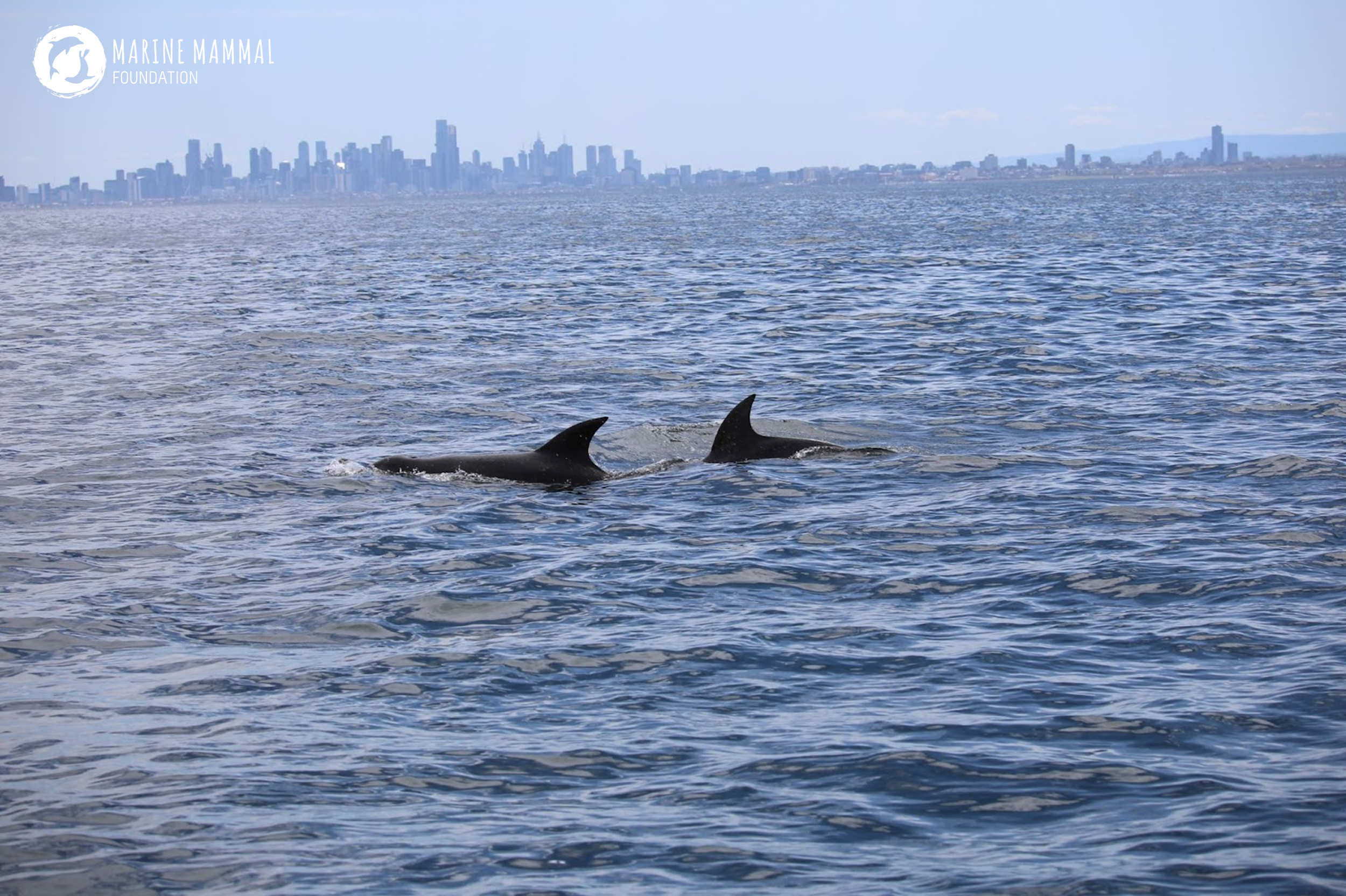Elevated Mercury Levels in South-East Australian Dolphins Raise Alarm
A recent study has revealed concerning levels of mercury (Hg) in dolphins inhabiting south-east Australia, raising fresh concerns about toxicant exposure in the region's marine wildlife.
In a collaborative new study published in Marine Pollution Bulletin, led by Chantel Foord, with the Marine Mammal Foundation and RMIT investigated the concentrations of nine trace elements in three dolphin species: the critically endangered Burrunan dolphin (Tursiops australis), the common bottlenose dolphin (T. truncatus), and the short-beaked common dolphin (Delphinus delphis).
The study found that Burrunan and common bottlenose dolphins exhibit some of the highest hepatic (liver) mercury concentrations ever recorded in dolphins globally, with levels reaching as high as 4,990 mg/kg dry weight and 1,770 mg/kg dry weight, respectively. These levels far exceed those found in short-beaked common dolphins, where mercury concentrations were significantly lower, ranging from 3.24 to 370 mg/kg dry weight. The disparity is thought to be largely driven by differences in diet and habitat, with Burrunan dolphins inhabiting more polluted inshore waterways.
Notably, 60% of dolphins exhibited a hepatic mercury-to-selenium (Hg) molar ratio above 1, indicating potential mercury toxicity. Selenium plays a crucial role in mitigating mercury's harmful effects, but when mercury levels exceed selenium, the risk of toxicity rises. This finding is particularly alarming for the already critically endangered Burrunan dolphin.
Lead author Chantel Foord expressed concern over the discovery of another significant pollutant in the region's critically endangered dolphins.
Common dolphin (Delphinus delphis)
"We recently published research showing the highest levels of PFAS, an organic contaminant, in Burrunan dolphins. Now, finding elevated mercury levels in these same dolphins raises even greater concerns about their overall health and the threats they face."
Authors also raised concerns over what these results indicate about Australias pollution management and regulations.
Australia ratified the Minamata Convention on Mercury—a global treaty focused on mercury management—in December 2021, several years after other industrialised nations. However, mercury emissions in Australia, primarily from coal-fired power plants, remain relatively high compared to similarly industrialised countries. Inconsistent application of emission control technologies across Australian states has led to varying levels of mercury deposition, with some states lagging behind in adopting more efficient pollution controls. This research underscores the urgent need for more stringent regulations and consistent implementation to mitigate the environmental and biological risks posed by mercury pollution.
This research not only highlights the toxicant risks facing dolphins in south-east Australia but also calls for enhanced conservation measures and stronger regulatory action on mercury emissions. Elevated mercury levels in top predators like dolphins could have cascading effects on the entire marine ecosystem.
Burrunan dolphin (Tursiops australis) with Melbourne city backdrop
Concerns for the critically endangered Burrunan dolphin
The Burrunan dolphin was first described as a separate species in 2011 by Marine Mammal Foundation Director, Dr Kate Robb, also a co-author on this study.
Sadly, it’s already critically endangered.
Robb said the only two known populations – in Port Phillip Bay and the Gippsland Lakes – are both small and already at high risk of localised extinction.
“With such small populations of the Burrunan dolphins, and with the increased knowledge these crucial anthropogenic contaminant studies bring, we are very concerned about the impacts on the dolphins. The continued understanding of threats and threatening process is absolutely crucial for the conservation and protection of the Burrunan dolphin, and in the management and mitigation of those threats,” she said.
“Given the neurotoxic and immune compromising risks and health impacts associated with mercury exposure, it is incredibly concerning that the Burrunan and common dolphins studied have such high levels, especially with the Burrunan dolphin already critically endangered.”
“This study highlights how crucial it is that we continue our vital research to ensure the future of the species.”The study also revealed emerging contaminants in the environment, indicating that newer replacement chemicals are already bioaccumulating through the food web to the dolphins.
For more information please contact research@marinemammal.org.au
LINKS:
Foord, C.F, Robb, K., Nugegoda, D. (2024) Trace element concentrations in dolphins of south-east Australia; mercury a cause for concern in the region. Marine Pollution Bulletin. https://doi.org/10.1016/j.marpolbul.2024.117130



